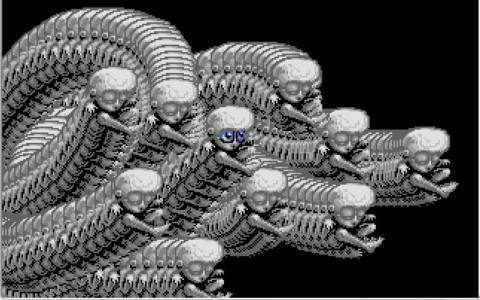
Following the recent release of AMD’s FSR 3.1 image reconstruction and frame generation technology, developer Nixxes has updated its recent Sony PC ports to add support for the new version. We’ve tested it to discover what improvements it offers over the initial offering and how FSR 3.1 compares to other image reconstruction techniques from Intel and Nvidia. Has the gulf in quality between machine learning-based solutions and the compute-driven FSR closed up? Is AMD now competitive?
The two promised major improvements to FSR 3.1 are straightforward to explain: the spatial temporal upscaler now produces higher-quality results, while the frame generation aspect is now decoupled from upscaling, allowing FSR 3 frame generation to be used with any image quality treatment (eg DLSS, XeSS or no AA at all). The latter is a great move, as it allows users of older RTX or Intel cards to benefit from frame generation while using their preferred image reconstruction technique.
Our focus today is on the improvements to image reconstruction, which are most obviously shown in the video embedded below. We selected 1440p balanced mode as it’s the most interesting test case for image reconstruction and is the fastest-growing resolution for PC gaming as evidenced by the Steam Hardware Survey. We’ve seen quality issues with FSR’s 1440p balanced mode in the past, especially in comparison to the largely excellent 4K quality mode, so it will be interesting to see whether AMD has made headway in this more challenging scenario.





